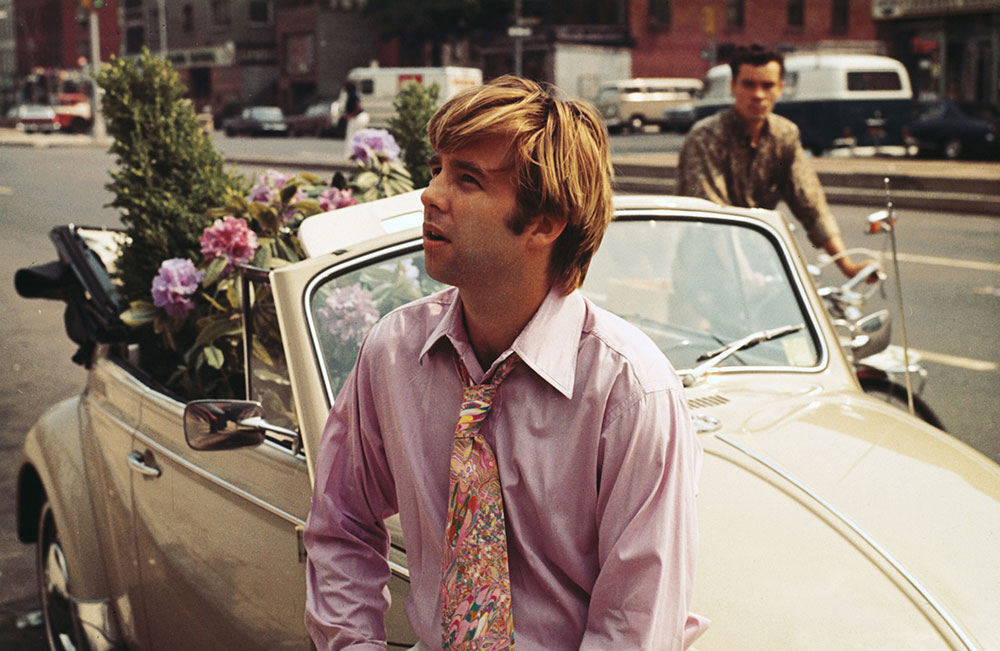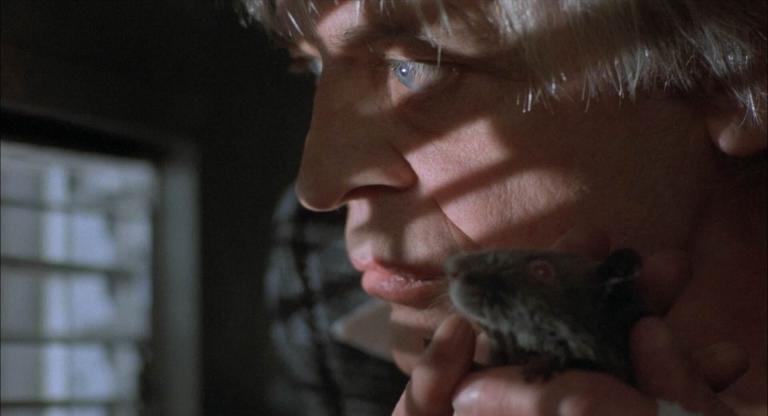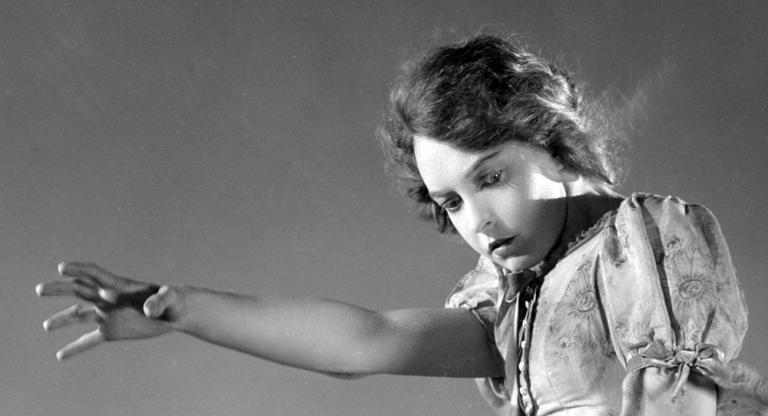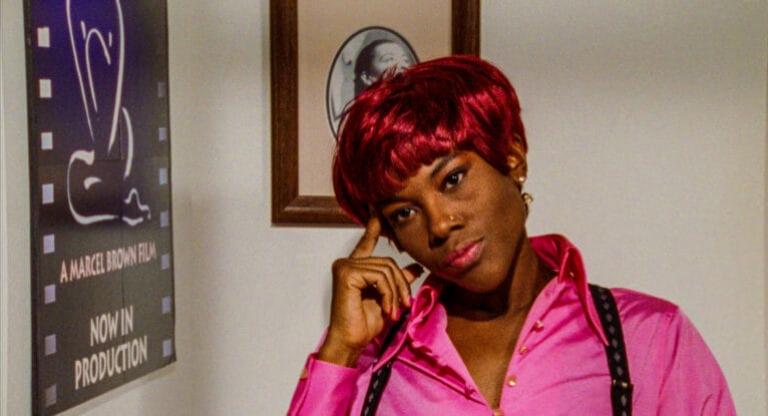An excerpt from “Transformative Real Estate: On the Screenplays of Bill Gunn” by Maxwell Paparella, an essay in the Kill Yr Landlords Zine.
When we meet Elgar Winthrop Julius Enders, he lies in a wireframe lounge chair on his family’s Hamptons waterfront lawn, presently roused from a nap by the butler, Haywood, in order to be served a cocktail. He speaks into the camera as though he had already been addressing us—as though his life is one long pondersome monologue punctuated only by sleep and interruptions from the help. “It’s just that I get the feeling,” he begins,
that we’re all—I mean everybody, you know, black, white, yellow, Democrat, Communists, Republicans, old people, young people, whatever—we’re all like a bunch of ants, see? See, the strongest drive we have as a true life force is to gain territory.
Elgar (Beau Bridges) is the new owner of a three-story townhouse in northern Park Slope, off of Sixth Avenue, which was then a lower-class Black neighborhood, or as Elgar calls it, an “old ghetto area,” a grin spreading over his guppy lips and sunken chin. He intends to evict the current tenants so he can gut renovate the building and hang a “big, goddamned, modern, spectacular, psychedelic sonuvabitch” chandelier.
The title of this film, however, The Landlord (1970), tells us that not all will go according to plan for our oblivious antihero. Elgar, who seems never to have taken much of an interest in anything, becomes very enamored of his tenants, who start to work on him, each in their own way, when he arrives attempting to collect back rent. His prospects for the property quickly turn from residence to investment, and finally from charity to reparation.
The Landlord, Hal Ashby’s directorial debut, was also the first screenwriting credit for Bill Gunn, who adapted Kristin Hunter’s 1966 novel. Actually, Gunn had already written and directed his own feature the previous year, which would have been only the second major Hollywood studio film by a Black director, coming on the heels of Gordon Parks’s The Learning Tree (1969). After seeing the film—a psychosexual drama about a New Yorker–published poet and his wife, who hope to reinvigorate their torpid eight-year marriage while on vacation in San Juan—Warner Bros. declined to release it. Stop! had garnered an “X” rating for its daring, though never prurient, depictions of intercourse, not only between the poet and his wife, the poet and a prostitute, and the poet and his friend’s wife (a Black woman), but also, most strikingly, the poet and his friend (another man).
A Black filmmaker who dared to write beyond the bounds of the Black experience as it was imagined by white producers and audiences, Gunn was frustrated by the contemporary reaction of the white critical establishment. In a May 1973 letter to the editor of the New York Times, he mourns the inattentiveness and derision with which Black cultural productions are considered by white critics: “Another critic wondered where was the race problem. If he looks closely, he will find it in his own review.… If the black film craze continues, the white press might even find it necessary to employ black criticism. But if you can stop the craze in its tracks, maybe that won't be necessary.”
The Landlord screens this evening, October 2, and on October 6 and 14, at Anthology Film Archives on 35mm as part of the series “Kill Yr Landlords.” In the SF Bay it shows at Alamo New Mission on 35mm 11/13. The Kill Yr Landlords zine is available for pre-order.






